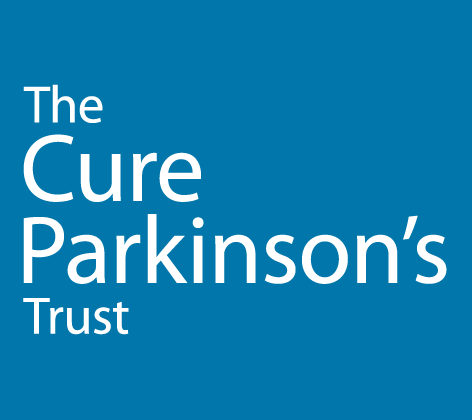Exenatide under the microscope: can we identify who might benefit most?
The takeaway
Why is it important?
%
IMPACT
- Novelty 80%
- Proximity 70%
- Deliverability 70%
Impact Opinion
Background
The details
The main aims of this additional analysis were two: first, to dig out of the data which factors may predict a positive response to exenatide, and second, whether different benefits were experienced by different subgroups of people with Parkinson’s.
In order to answer the first question, the participants in the study were classified into high and low responders depending on whether the change in their UPDRS Part 3 (that is, the part of this clinician based rating scale which focuses on movement) met the threshold of 3.25 points, which is considered the minimum clinically important difference. The responder analysis revealed that people with Parkinson’s who had the greatest beneficial response to exenatide were those who experienced tremor, rather than rigidity. A greater benefit was also seen in individuals with relatively fewer movement-related problems affecting daily life, reflected in a lower UPDRS part 2 score. Furthermore, it was possible to predict whether people would respond well after 12 months of treatment, based on how well they did at 3 months.
Based on strong biological reasoning and previous findings, the team also devised subgroups based on demographics (age, age when symptoms first appeared), features of Parkinson’s such as severity, specific movement symptoms, duration, and thinking difficulties that often go hand in hand with the condition, as well as so called metabolic factors, such as insulin resistance and obesity. In line with the overall findings of the study which showed benefits on exenatide versus placebo, all groups showed a trend towards improvement. There were indications that people who were insulin resistant and obese at the start of the trial benefited particularly in terms of cognition, whereas people diagnosed after the age of 60 or had lived with Parkinson’s for over 10 years experienced the lowest benefits in terms of quality of life and non-motor symptoms.
Next steps
Related work
- https://www.parkinsonsmovement.com/exenatide-in-parkinsons/
- https://www.cureparkinsons.org.uk/pages/search.aspx?q=exenatide



